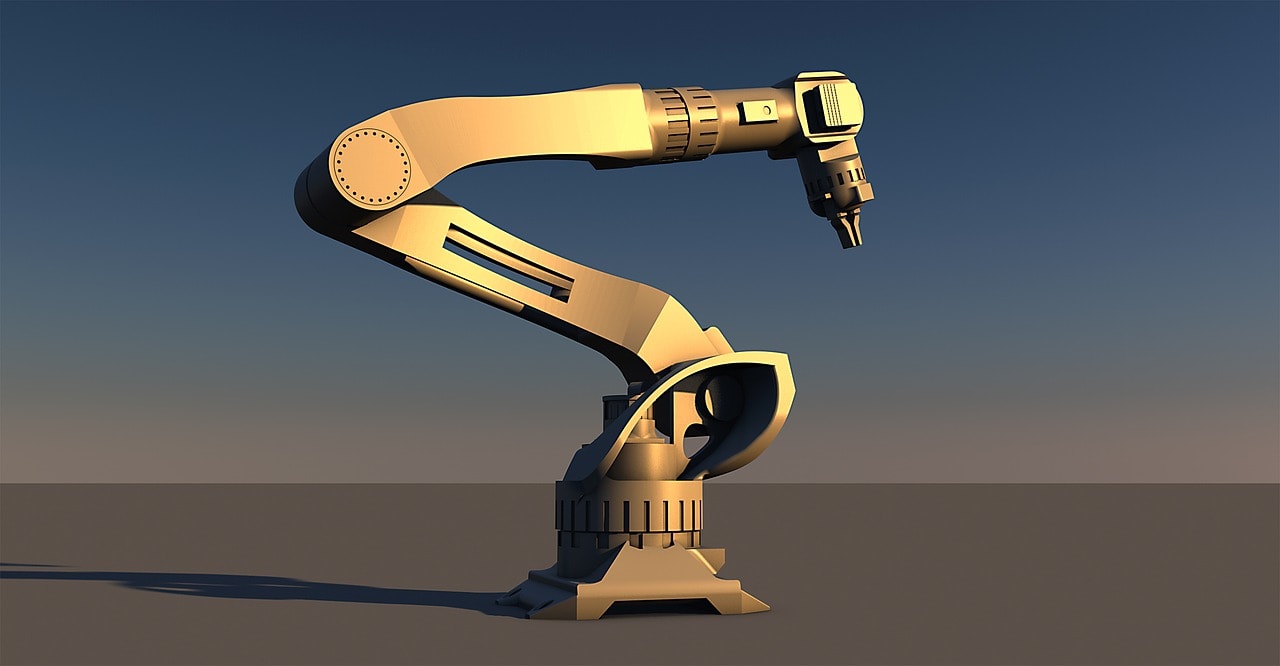
Robotic technology has revolutionized the way we go about manual labor. For decades, the manufacturingindustry has been harnessing the powers of robotic welding and fabrication by implementing assembly-line robots to perform specific precision tasks. Now, robotic technology is far more flexible in that it can be safely reprogrammed to switch between an array of complex tasks — which means higher manufacturing capability.
While some manufacturers may be concerned that robots will put human welders, machine operators and fabricators out of a job, many experts say that this is simply not the case. In fact, companies and workers alike are reaping the benefits of manufacturing professionals and robotic technology working collaboratively.
Here are a few ways that robotics add tremendous value to the manufacturing industry:
The primary benefit of including robotics in manufacturing is their productivity factor. Due to their ability to perform manufacturing processes with greater precision and speed, robotics decrease manufacturers’ overall production times while increasing output quality. Robots can also work for much longer periods of time than human workers performing the same tasks.
While manufacturing robots are typically used to repeat the same procedure over and over, advancing technology has made reprogramming them for multiple tasks safe and easy. Thus, you can have manufacturing robots switch tasks whenever you need them to.
With the ability to alternate tasks, modern-day manufacturing robotics are highly valued for their flexibility during the production process. The adaptable nature of these robots allows manufacturing professionals to redistribute production labor as needed and then have the machines return to their normal tasks.
In fact, manufacturers are more concerned about flexibility than ever before due to their customers’ increasing demand for product and component customization, which tends to require a more versatile approach to the manufacturing of goods. Advanced robotic technology can help manufacturing companies meet this need thanks to its flexible capabilities.
With the rise of customization comes the need for greater precision — and robotic fabrication and welding have proven to be way ahead of the curve on this front. When robots are tasked with producing hundreds and even thousands of the same parts, manufacturers find little to no variation. Robotics can be programmed to weld or cut virtually any component that a metal manufacturer would mass produce.
While some manufacturers are still relatively unfamiliar with advanced robotics in manufacturing, embracing this technology is crucial for long-term success in this industry. If you have considered purchasing robotics for manufacturing — or if you’re doing so now — pay attention to these expert tips: